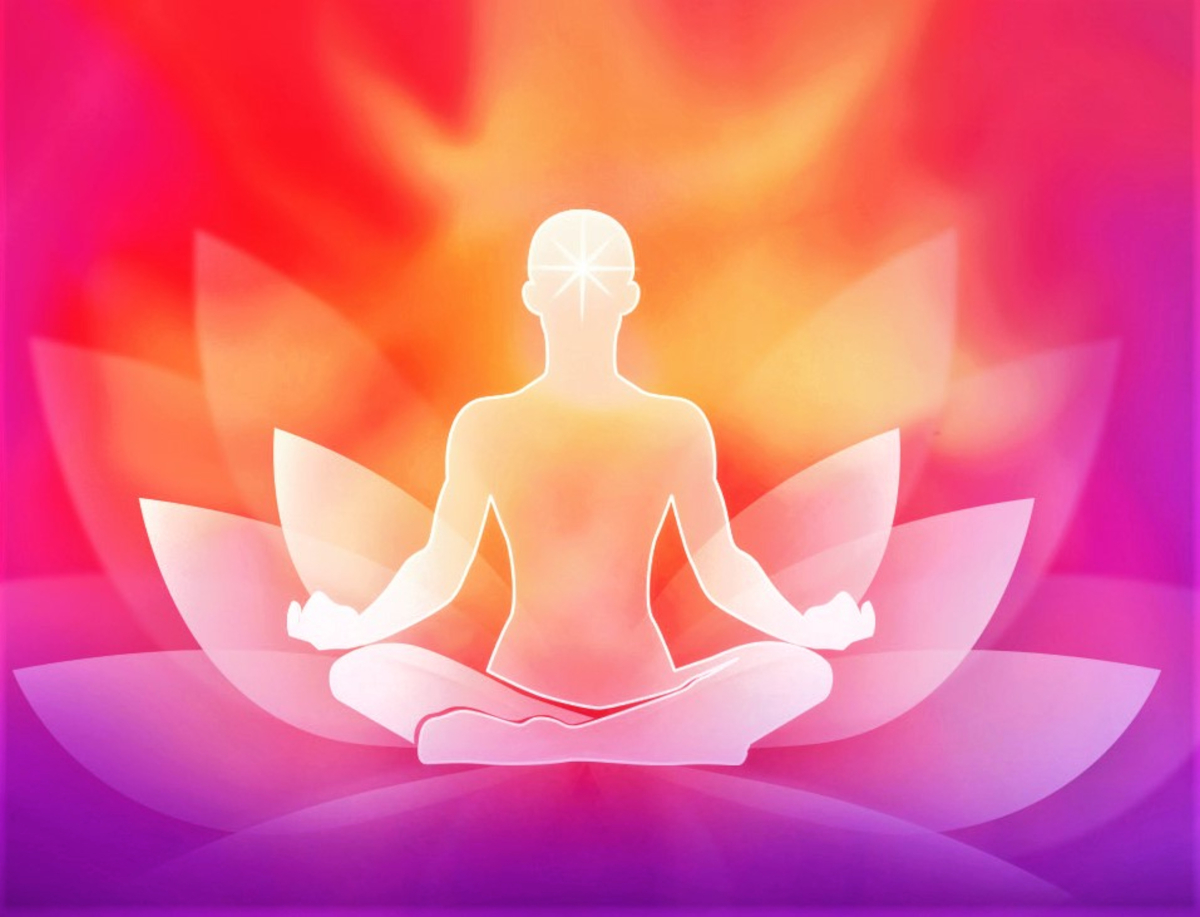
It is said that we can have up to 30,000 thoughts a day passing through our minds. We also experience that the majority of these thoughts are superfluous or negative. Positive thinking is the ability to use the energy of the mind – that is, thought – in a creative and constructive way in order to deal with situations, circumstances and relationships which can cause stress. It is the energy of the mind that is used to change the pattern of our thinking, and to channel it in a different direction. By focussing our attention within ourselves and exploring the inner landscape, we begin to understand and see ourselves in a different and more positive way. By looking at the quality of our thoughts, we can filter out those which are non-beneficial and negative and which drain our energy. As we reduce the number of thoughts produced, we experience and enhance the true positive qualities of the self, tapping into the positive resources that have always been there but that we have lost touch with. We have lost touch with the true qualities of the self because the memories of all our past experiences influence us to a greater or lesser extent, depending on how deep the initial impact was. External influences such as situations, circumstances or relationships, act as catalysts to trigger these memories. These memories then emerge as thoughts in the mind and on the basis of this we act or react accordingly and thus reinforce a habit. The type or quality of thoughts created determines the particular feeling or emotion we experience. Our reactions to daily events are connected with our thoughts and our attitude to those things. We all have the ability to create the types of thought we want, whenever we want. Solutions to all our problems are found within the self, and therefore we need to work from the inside out rather than the outside in. We can start to play with the idea of being the creator of our thoughts. We create the habit of wasteful or negative thinking by bringing non-beneficial thoughts into action. At the same time, we hold on to them and go over things again and again in our minds. This fuels and energises them, making huge ‘mountains out of molehills’. In this way we create negative states of mind. Our body then becomes a reflection of this, and we become more prone to illness due to the chemical and hormonal changes triggered by stress. However, just as negative states of mind are created, so too we can create positive ones. The mechanism is the same. Just as the body requires good food to keep it healthy, so the food of positive thoughts will keep the mind healthy. Initially, there is a process of stepping back and observing what is happening in the mind. Secondly, we evaluate the thoughts that come into the mind. Positive thinking is experimenting with the idea that there can be an alternative solution to the problem. We do have a choice, and once we experience this choice, put it into practice and see it working for us, we develop faith in our ability to be more positive. Feelings of hopelessness and despondency decrease. Thirdly, we filter out unnecessary thoughts, and fourthly, we actively search out, create and most importantly, use our positive qualities. It is through meditation that we are able to access the true positive qualities that each soul possesses. The more we access these and use them in our daily lives, the stronger they become and faith in our abilities grows. Inner peace develops as we begin to feel that we can tap into this source of strength, peace and positivity any time we want to.
Susan Balmforth is a retired nurse and midwife, and a teacher of Rajyoga with the Brahma Kumaris, based in Leeds, UK.















